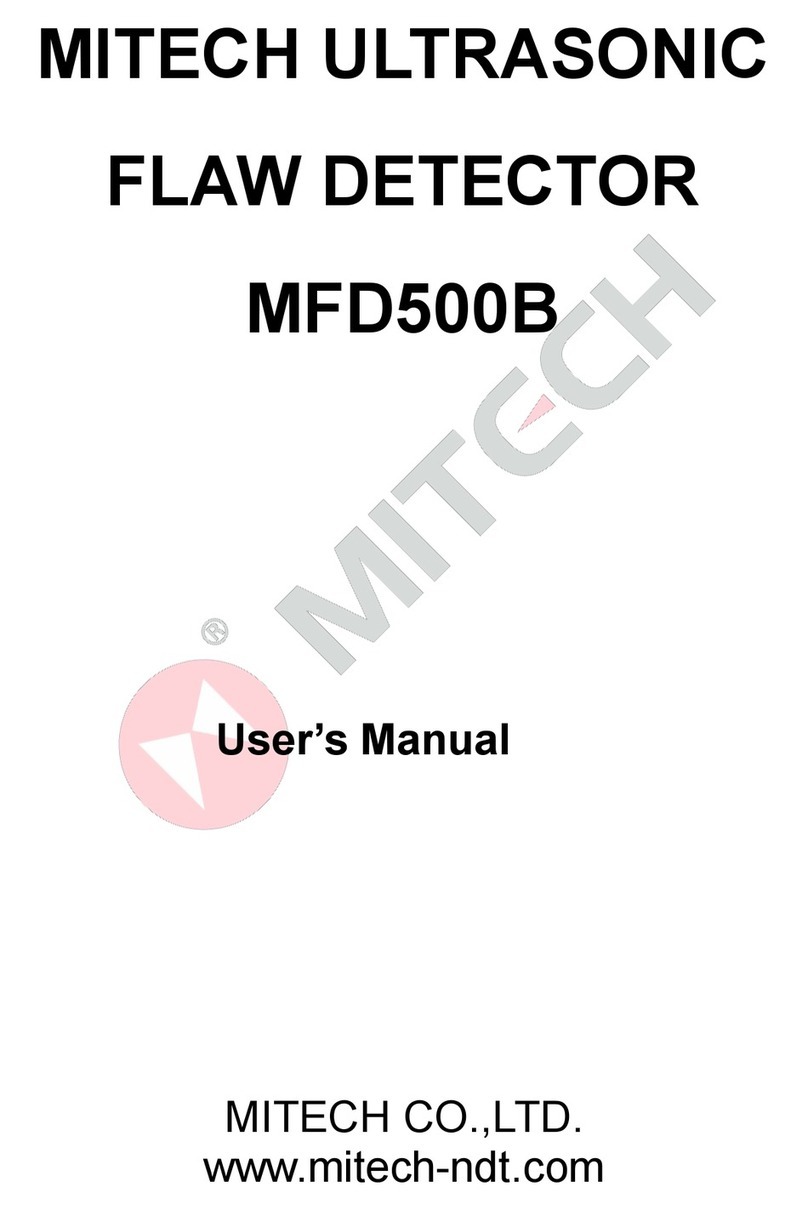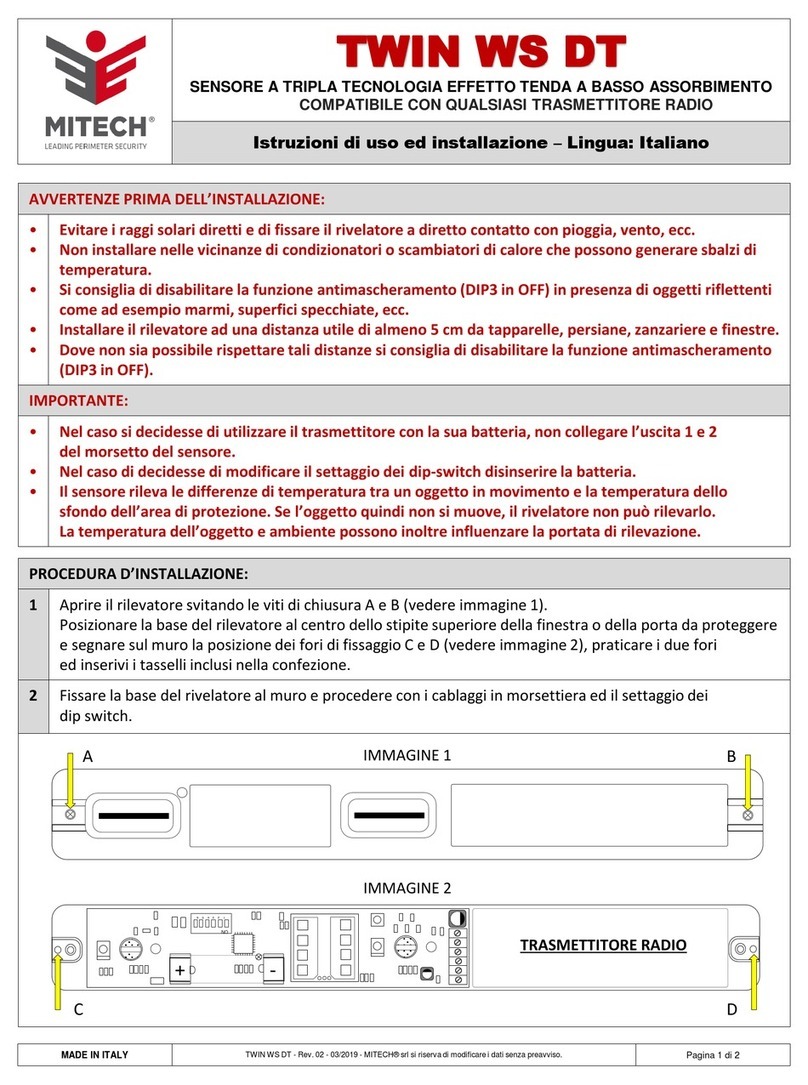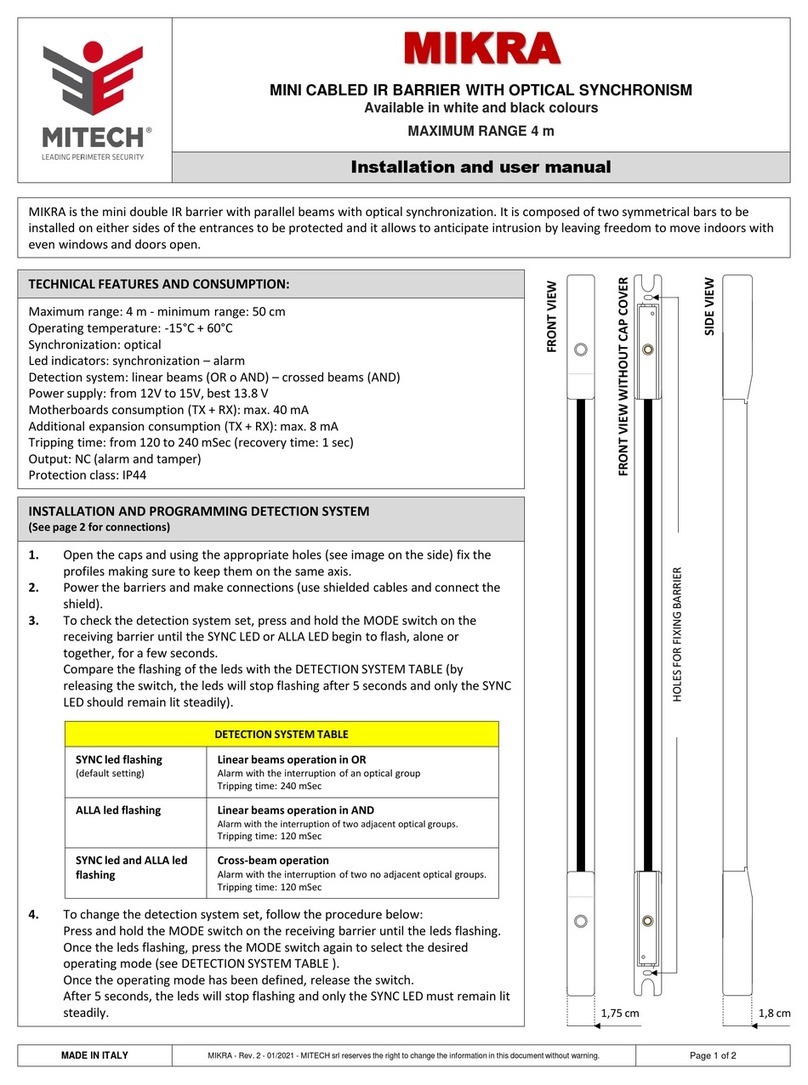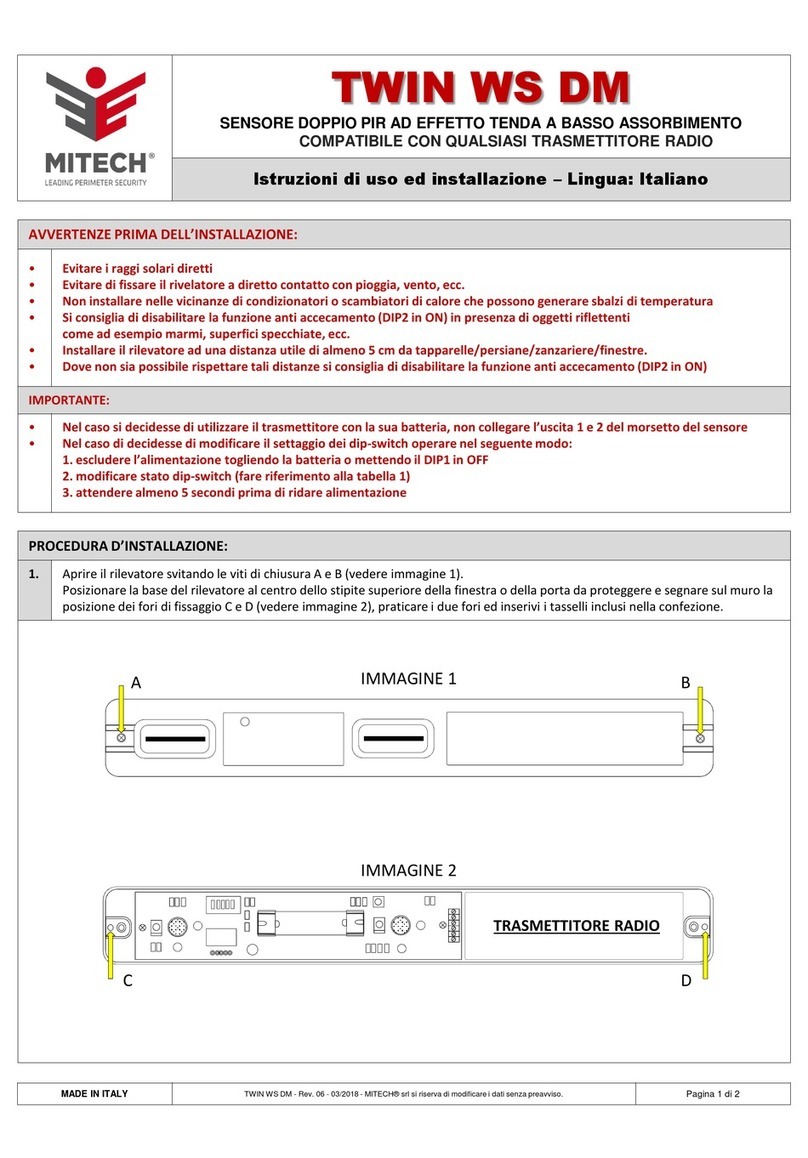
1Introduction 4
1.1Featuresof theInstrument..................................................................4
1.2Specifications......................................................................................6
1.3BaseInstrument Package...................................................................6
2Understanding theKeypad,Menu SystemandDisplays 7
2.1StructureFeature................................................................................7
2.2ScreenDisplay....................................................................................8
2.3KeysandRotaryKnobFeatures.......................................................10
2.4Menusand Functions.........................................................................11
2.5AlarmLights.......................................................................................11
3InitialStart-up 13
3.1PowerSupply....................................................................................13
3.2ConnectingaProbe..........................................................................13
3.3StartingtheInstrument......................................................................14
4Operation 15
4.1AdjustingtheDisplayRange.............................................................15
4.2SettingtheMaterialVelocity..............................................................15
4.3SettingtheDisplayDelay..................................................................15
4.4SelectingProbeTestMode...............................................................16
4.5SelectingaRectificationMode..........................................................16
4.6SettingtheA-Scan Reject Level.......................................................18
4.7SettingtheGain................................................................................18
4.8Changingthe Gain-Adjustment Increment (DBSTEP).....................18
4.9AutoGainFeature.............................................................................19
4.10 ConfiguringtheGates.....................................................................19
4.11Setting theDamping Level..............................................................22
4.12 SettingthePulseEnergyLevel.......................................................22
4.13 SettingthePulseWidth...................................................................23
4.14 Adjusting thePulseRepetitionFrequency (PRF)............................23
4.15 SpecifyingtheProbeFrequency.....................................................23
4.16 SpecifyingthePiezoCrystalSize...................................................23
4.17 SettingtheProbeX-Value...............................................................23
4.18 ProbeDelayCalibration..................................................................24
4.19 SettingtheAngleof Incidence........................................................24
4.20 MagnifyingtheContentsof aGate..................................................24
4.21 FreezingtheA-Scan Display...........................................................24
4.22 SettingtheDisplayGrid..................................................................24
4.23 SelectingUnits................................................................................25
4.24 ScaleSetting...................................................................................25
4.25 Fillfunction......................................................................................25
4.26 SettingtheDisplayBrightness........................................................26
4.27 SettingtheDisplayColor................................................................26
4.28 SettingtheA-ScanColor.................................................................26
4.29 KeySound......................................................................................27
4.30 Dateand TimeSetting....................................................................27
4.31 DisplaytheSystemInformation......................................................27
4.32 ResettingtheInstrument.................................................................27
4.33 Connecting toaComputer..............................................................28
5CalibrationandMeasurement 29
5.1CalibrationwithStraight-andAngle-BeamProbes...........................29
2
NDTzone • Non-Destructive Testing Equipment Specialists
































